Deploy
Works with any programming language or framework you prefer
with
Natively builds, configures and manages all major databases and components
on
Deploys to your account on these cloud providers or non-cloud servers
Trusted by thousands of developers in hundreds of companies
This is how it works
1Connect Your Code
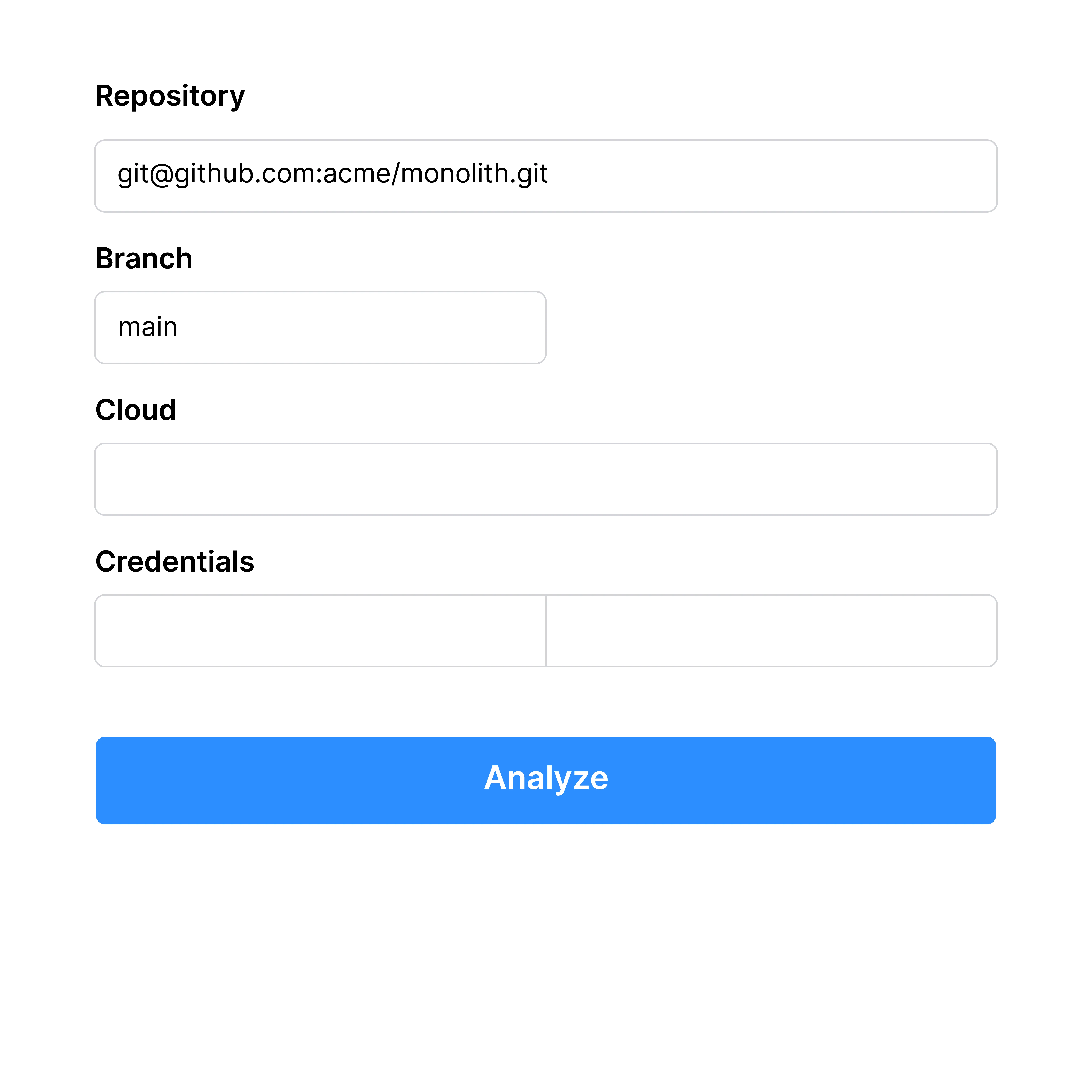
Connect your git repository to Cloud 66. We support all major git providers including GitHub, GitLab, Bitbucket and Azure DevOps.
Your code can be in a mono repo or a multi repo setup. All programming languages and frameworks are supported, either natively or via containers.
2Connect Your Cloud
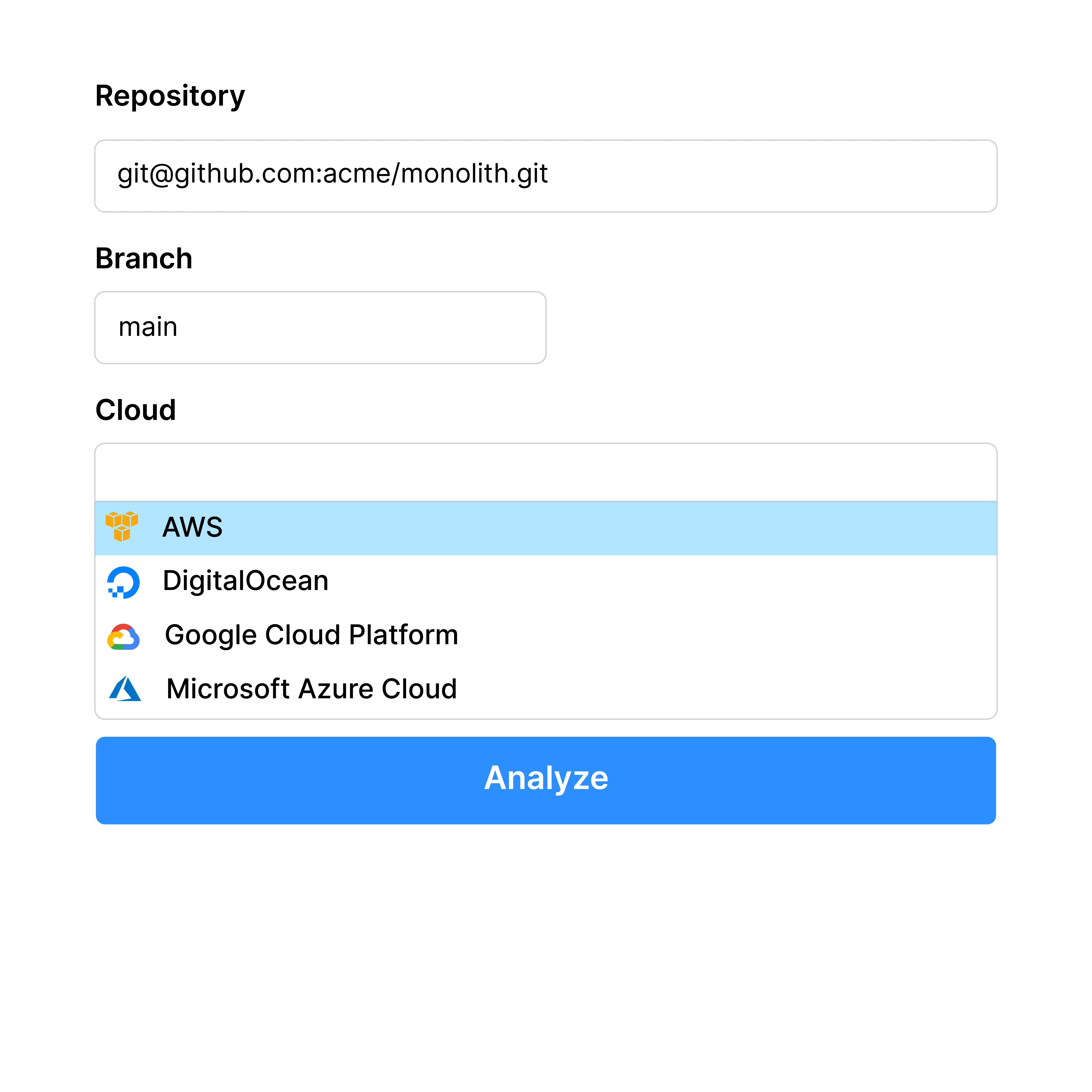
Connect your cloud provider account to Cloud 66. All major cloud providers including AWS, DigitalOcean, Google Cloud, Azure and Linode are supported
As well as servers, we will create cloud native components such as load balancers, like ALB on AWS, or Azure Load Balancers on Azure.
3Let it Analyze
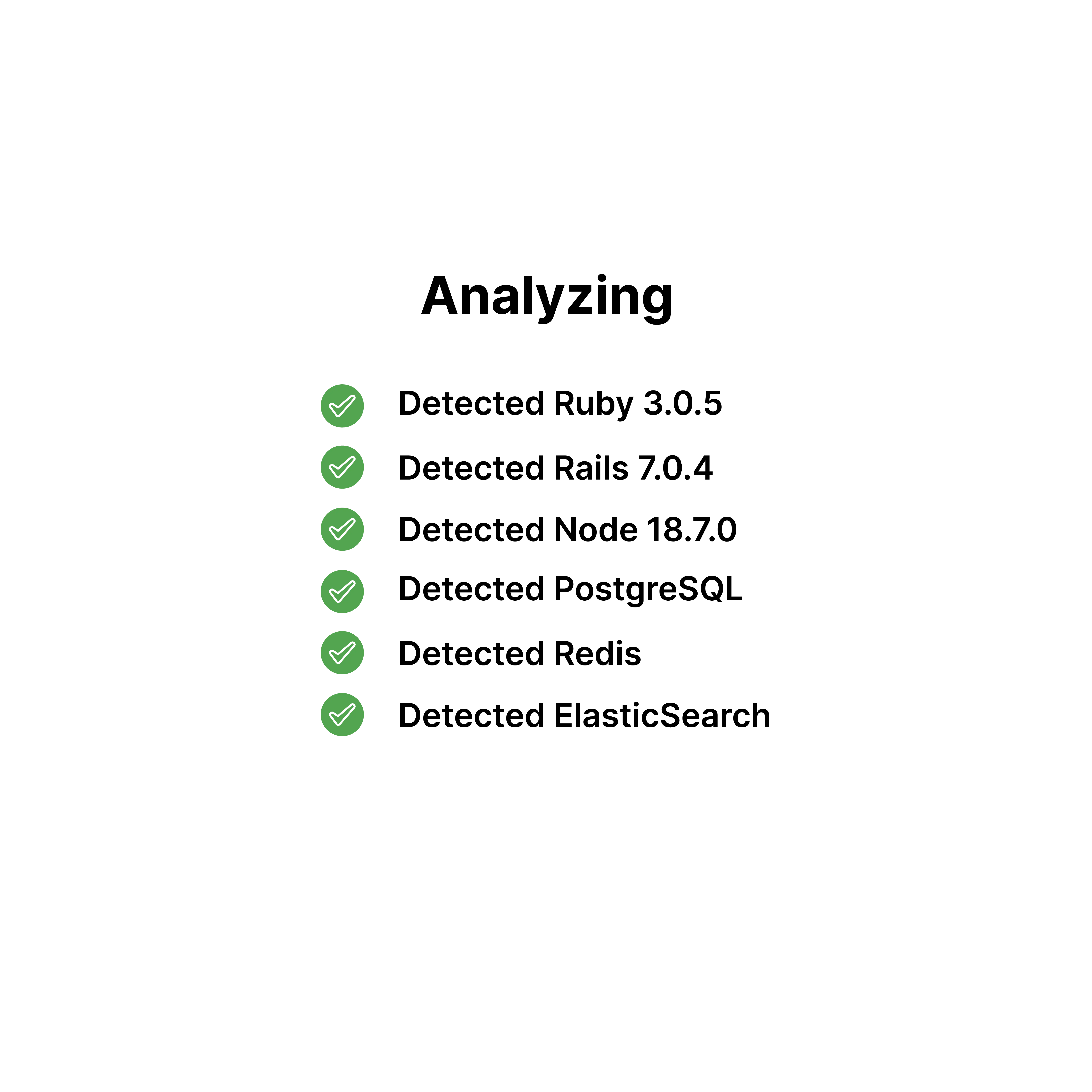
Cloud 66 will analyze your code to find out the components that are needed to run your application. For example if you're running Rails and using pg gem, we will automatically add Postgres to your stack.
Static site generators like Gatsby, Hugo or Jekyll are supported and will be deployed to your cloud provider's S3 compatible object storage.
4Let it Build
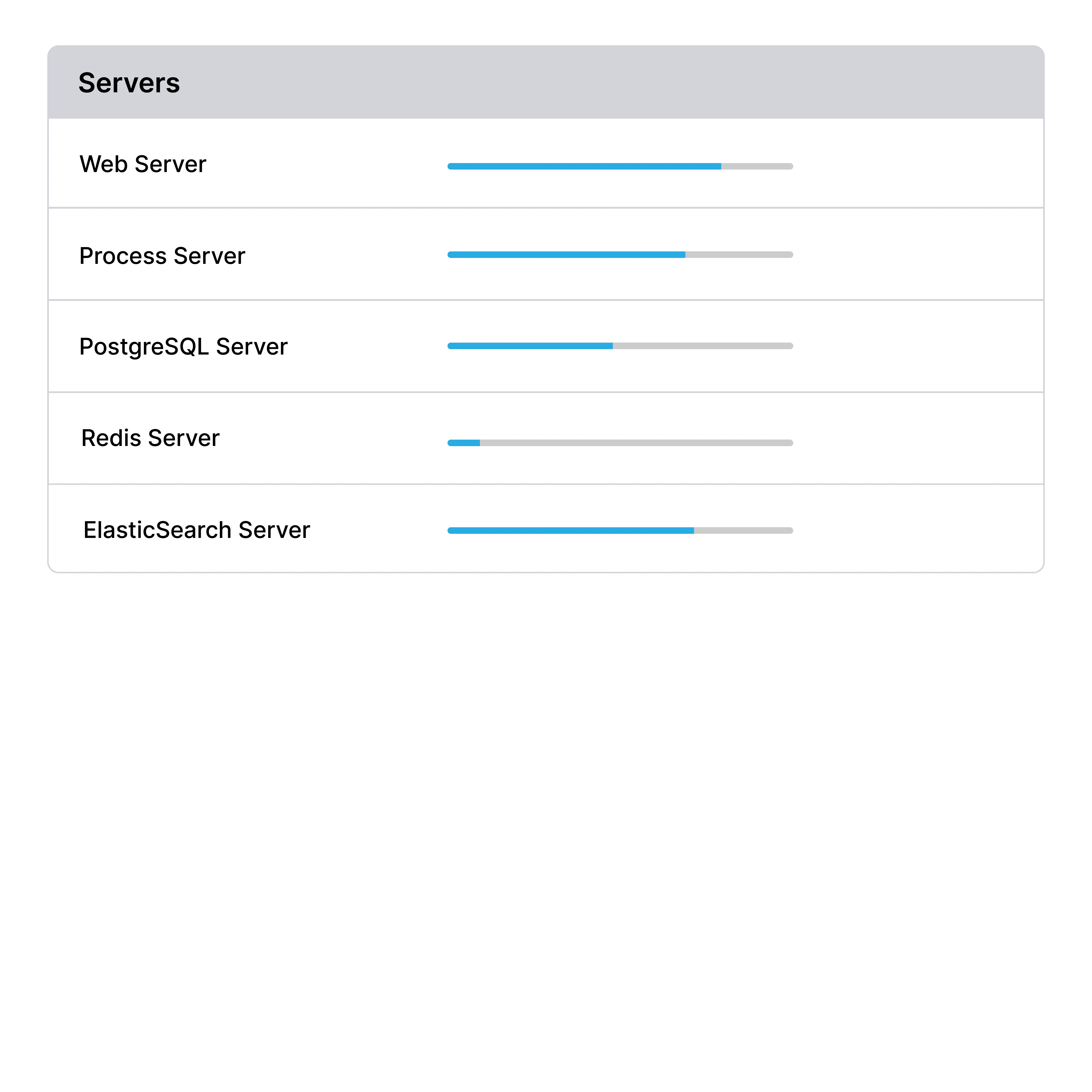
We will build, configure and secure all the servers and cloud components needed to run your application, deploy your code and create DNS records for your application.
During this step, any code that needs to be in containers will also be built into container images and pushed to a hosted repository.
If you are using a static site generator, we run your build command and push the generated files to your cloud provider's S3 compatible object storage.
5Scale it
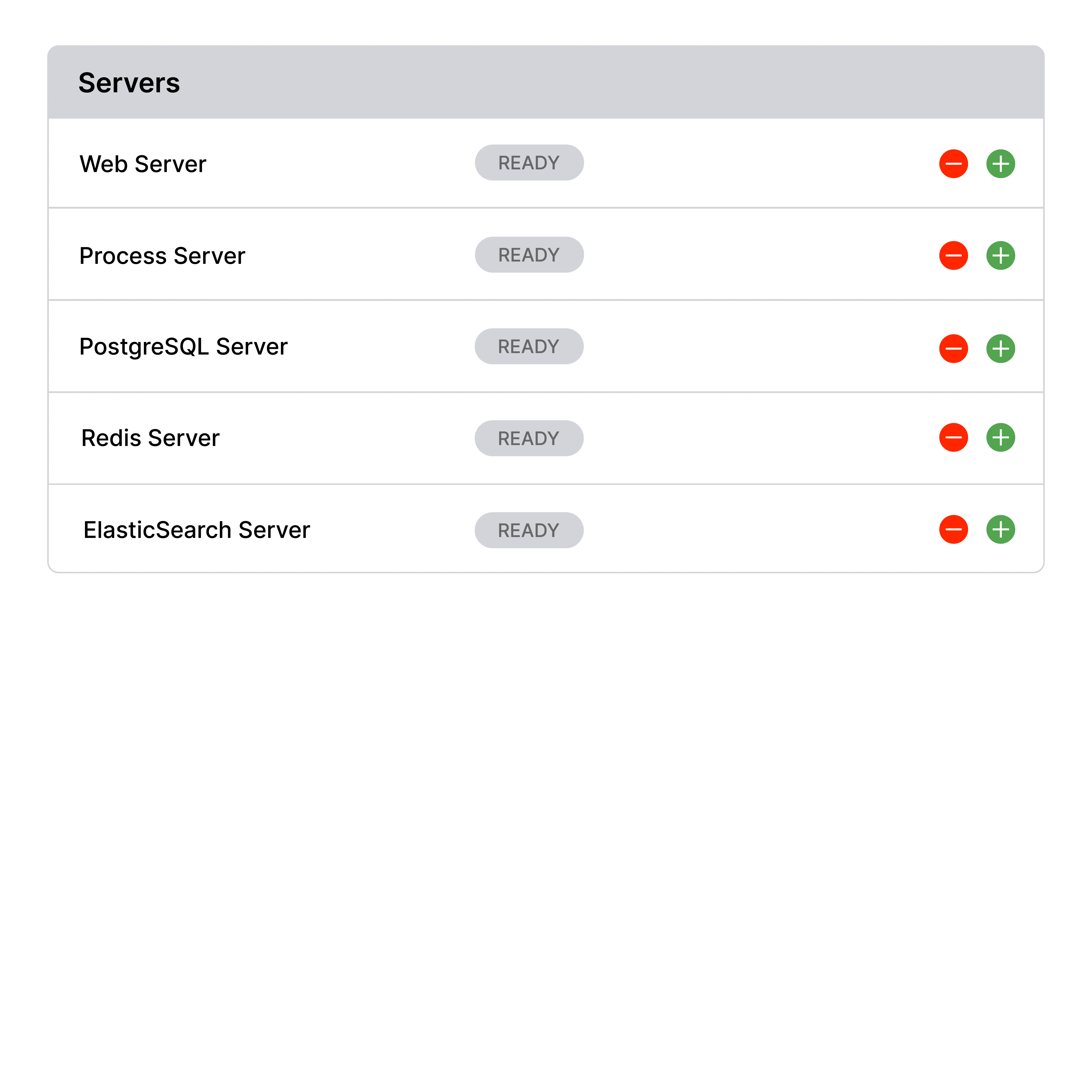
Add load balancers, servers, database replication and increase process and job counts to suit your workload.
We support background workers via Procfiles and other files with flexible configuration settings.
You can use the web dashboard, API and our command line tools for all of these, making it easy to automate your deployments.
Ready to Deploy?
Deploy Anywhere. No Lock-in.
Any Cloud or No Cloud
Deploy your applications to any cloud provider or even your own servers. All major cloud providers are supported and you can even deploy to a hybrid set of cloud and your own servers.
Cloud 66 uses the native components from your cloud provider like load balancers and security features, specific to each provider. This means ALB, ELB, NLB on AWS and NodeBalancers on Linode.
Bring Everything You Love
No need to change your architecture because your PaaS doesn't support it
Cloud 66 supports all of this and more.
Security First, Second and Last
Secure Servers and Components
Security hardening for all your servers and components is built in. All servers are actively monitored and updated in the background to ensure the latest security practices are used.
Linux security, firewalls, brute force protection, access control best practices and more are all available for all servers.
Bring Your Database or Let us Manage it
Managed or self-hosted Databases
You can bring your favorite self-hosted or managed database to Cloud 66 and use it with your application. If you prefer to leave the database setup to Cloud 66, we will automatically configure and manage the database for you.
Automatic backups, replication and monitoring are all enabled by default. Cloud 66 also supports database upgrades and migrations.
“Day-2 Ops”
Go beyond your first deployment
Cloud 66 is built for day-2 operations. This means deploying your 5th or 50th server, scaling your background workers, upgrading your database version, adding a new component or managing your firewall rules automatically.
It's easy to build a deployment pipeline that gets your code to a server on day one. The real challenge is to keep your application scalable and secure on day two and beyond.
Cloud 66 gives you all the tools to do just that.
Convenience of PaaS, Control of Cloud
A more flexible and cheaper Heroku on your own servers
By building and managing a platform on top of your cloud provider, Cloud 66 gives you the convenience of PaaS with the control of hiring a team of infrastructure engineers, without the cost.
We use open source and trusted tools you are familiar with to power this platform like nginx, ufw, fail2ban and others. Each component is fully customizable using CustomConfig
There is no management plane on the servers, so you can use your favorite tools to manage your servers. Everything you will see on a Cloud 66 deployed servers is what you would have done yourself but managed from outside.
Built for Teamwork
Fine-grained Control for your Team
From deployment permissions on individual applications or cloud accounts to server and terminal access rights, we give you fine-grained control over who has access to what.
Cloud 66 also supports SSO, SAML and two-factor authentication enforcement for teams.
Works for Agencies and Startups
Great for SaaS, Perfect for Agencies, Awesome for Startups
Many cloud providers offer free credits for startups. With Cloud 66 you can use those credits to deploy your applications and avoid moving from a PaaS to a cloud provider later.
Our agency customers love the project and billing features built around agency workflows. These, on top of features like member permission migration and financial users makes Cloud 66 a great choice for agencies.
With features like group deployments, auto-scaling and maintenance windows, Cloud 66 makes running infrastructure for your SaaS business very easy, so you can focus on building your product.